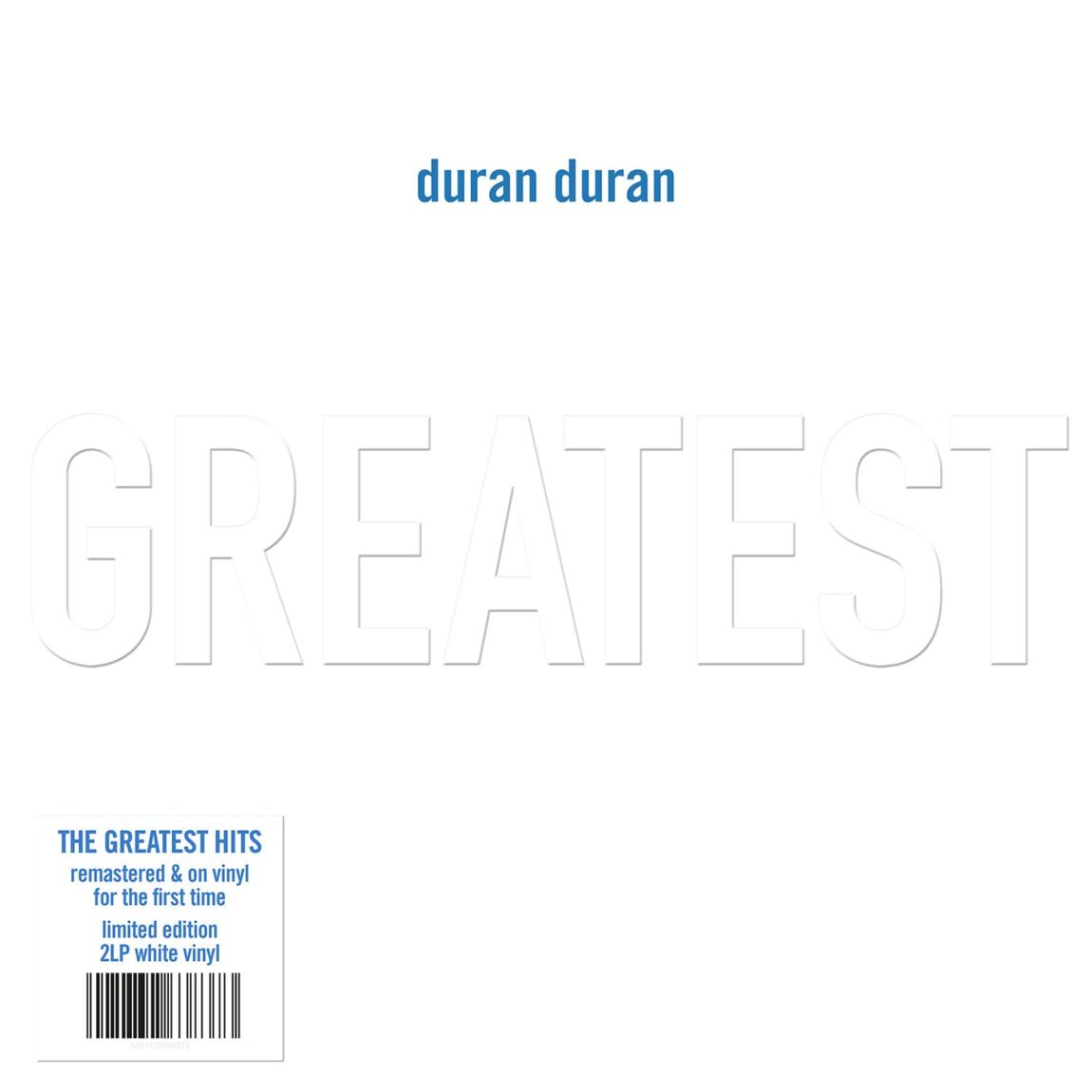Happy 25th Anniversary to Duran Duran’s seventh studio album Duran Duran (a.k.a. The Wedding Album), originally released February 11, 1993.
Today, how could anyone not appreciate the progressive pop airs of Notorious (1986) and Big Thing (1988)? These two records by Duran Duran, then made up of John Taylor (bass), Nick Rhodes (keyboards, programming), and Simon Le Bon (vocals), were masterfully influenced by unapologetic funk and contemporary dance idioms. But, while Duran Duran sought to actively broaden their audience with these audacious sets, critics weren't convinced (at the time) and their sales were modest.
It was a momentary lapse in confidence that led to Liberty (1990), arguably the only weak link in the Duran Duran album chain. The band temporarily returned to quintet status with the promotion of recurring studio/touring player Warren Cuccurullo (lead guitar) and impressive session man Sterling Campbell (drums). Liberty built off of the same sound foundation as its two immediate predecessors, but its focus was found wanting. Liberty barely made a ripple upon release. Campbell soon departed from the fold, leaving Cuccurullo, Le Bon, Taylor and Rhodes to put together their next album.
Under tight A&R supervision from EMI and Capitol Records, their international and American labels respectively, Duran Duran began to sketch out the details for Duran Duran, their second eponymous album. The LP was later rechristened by fans as “The Wedding Album” due to its front jacket cover featuring photographs of the band members' parents on their wedding days. The writing and recording for Duran Duran began toward the end of 1990 and stretched into 1992, by then, the band had begun tightening the long player for record label presentation.
Duran Duran shares a kinship with Notorious, Big Thing, and yes, even portions of Liberty, with respect to its sonic base—alternative pop imaginatively mixed with dance, R&B and rock. By the self-titled record's reveal in early 1993, the dance and R&B flavors that had been experimental in 1986, 1988 and 1990 were now thoroughly integrated into Duran Duran's musical psyche. Listen closely to the uncanny grooves of “Too Much Information,” “Drowning Man” and “Shotgun” for evidence of a sensationally forged bond between discothèque abandon and rock and roll bluster.
But Duran Duran aren't just a “tracks band,” their eye for the subtleties—lyrically and musically—are central to the appeal of Duran Duran. From the record's two biggest hits, the soaring power ballad of “Ordinary World” and the jazzy erotica of “Come Undone,” to its deeper cuts, like the ephemeral “Breath After Breath” and their brazen cover of The Velvet Underground's “Femme Fatale,” it all warrants multiple listens.
As a body of work, the songs on their second eponymous affair were all at once approachable, but didn't forsake the idiosyncratic nature that the band had become known for on previous outings. In short, Duran Duran became a creative cynosure for the band, an album where four members pooled their skills into a piece of aural art in constant motion. But, it cannot be overstated to remark upon Cuccurullo's songwriting and guitar work on Duran Duran. Finally free to collaborate properly with his band mates, their synchronicity comes through in the completed product.
On the back of its lead single, the surprise smash “Ordinary World,” Duran Duran catapulted the band back into the commercial and critical forefront of the popular music sphere. Those that had hastily written off the group were forced to reevaluate their jaundiced perspectives as Duran Duran moved a very healthy amount of gold and platinum units worldwide. Additional charting singles included “Come Undone,” “Too Much Information” and “Breath After Breath.” The resulting “Dilate Your Mind Tour” supported the long player and furthered Duran Duran's fine reputation as a live act with global appeal, with or without “a hit record,” though this time, it surely didn't hurt that the tour was a victory lap for Duran Duran's resounding success.
Duran Duran, like much of the contents in their era-spanning canon, is just one of many musical discoveries able to transform the curious listener into a devout follower. Yet, for the already initiated fan, the album is as it was 25 years ago: a steady and cool rebuke toward the criticism that Duran Duran couldn't thrive outside of the decade that birthed them. If anything, Duran Duran was only a primer for even more exciting sonic adventures to come for these eternal challengers of the pop realm.
Courtesy Albumism
